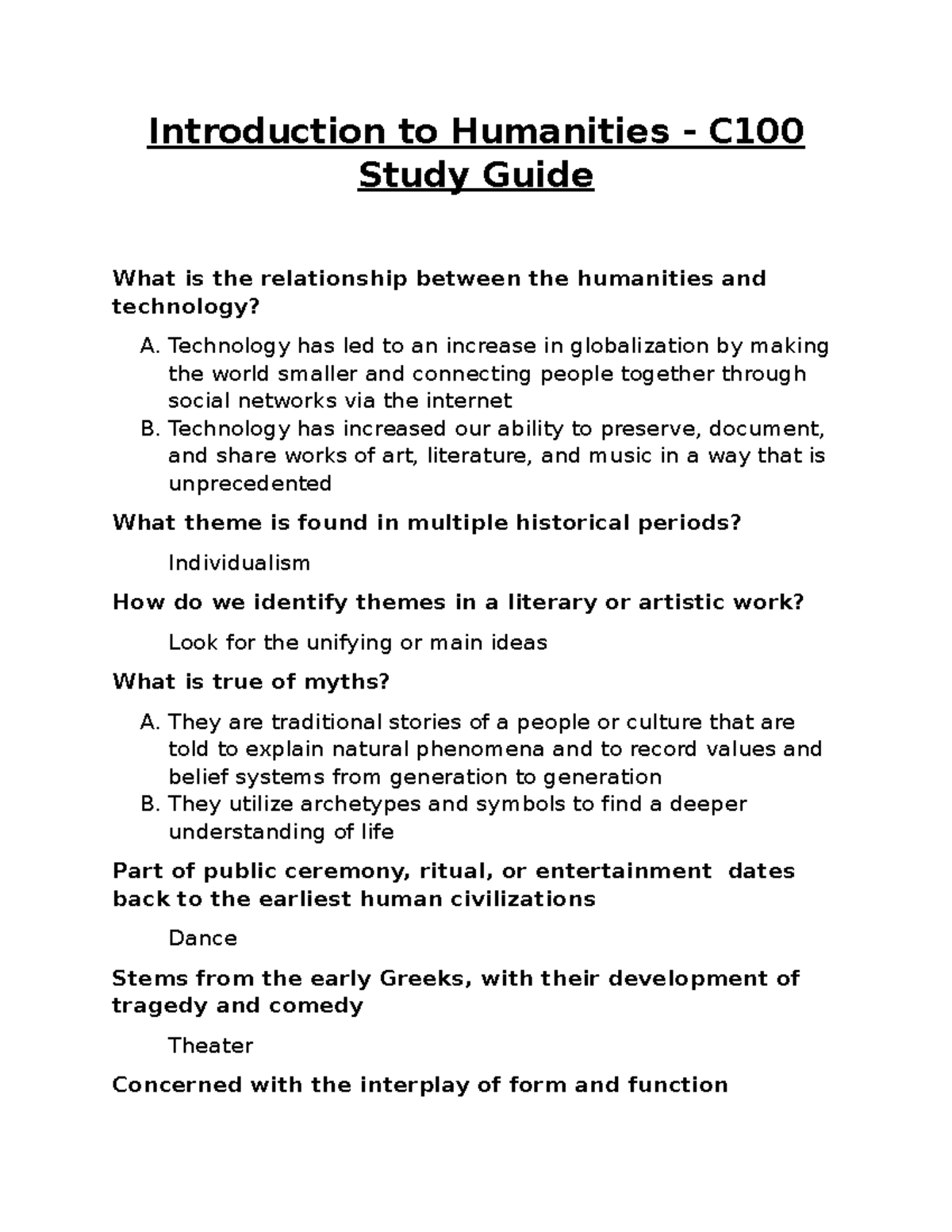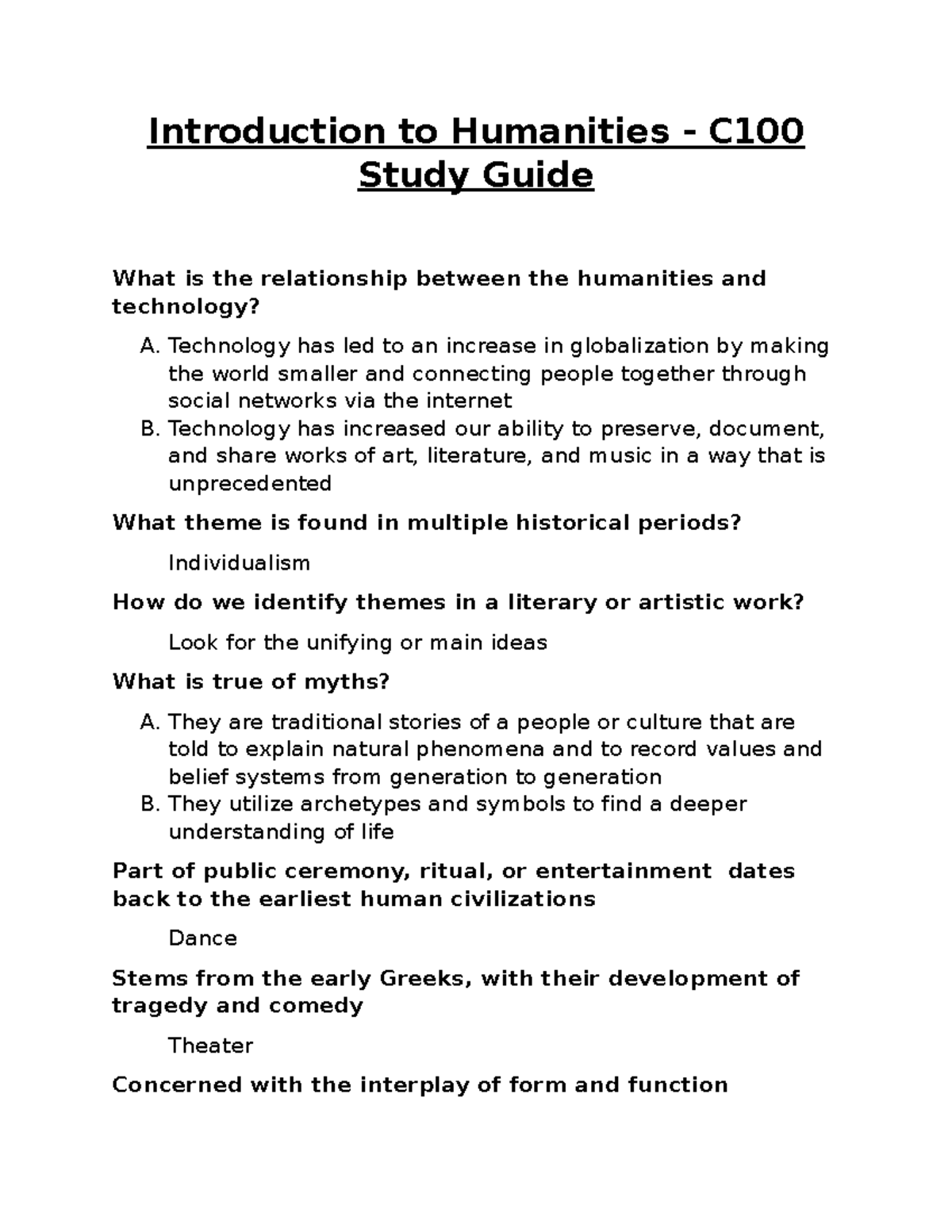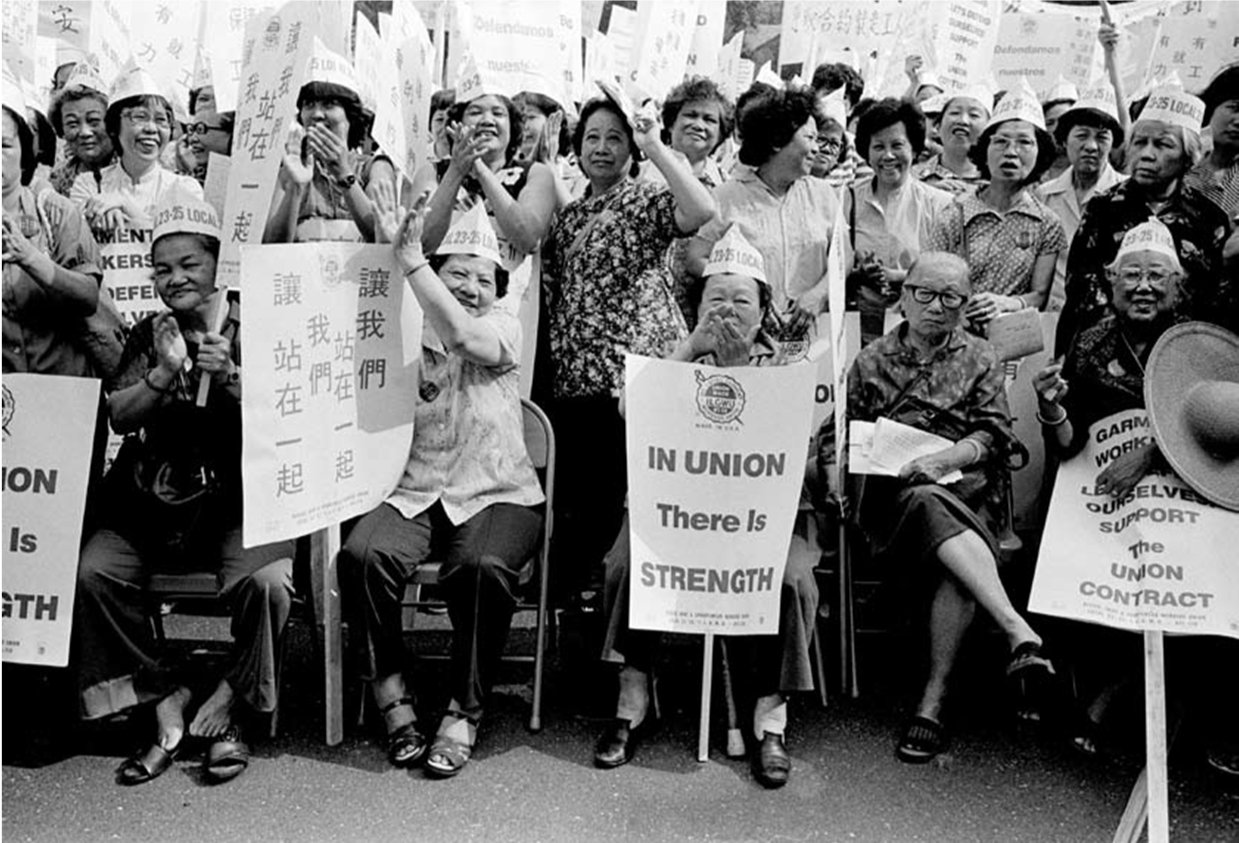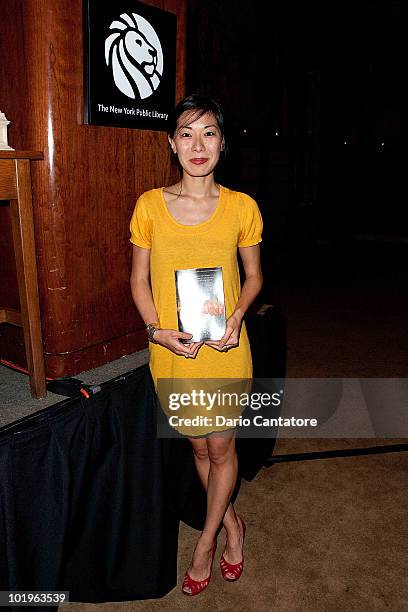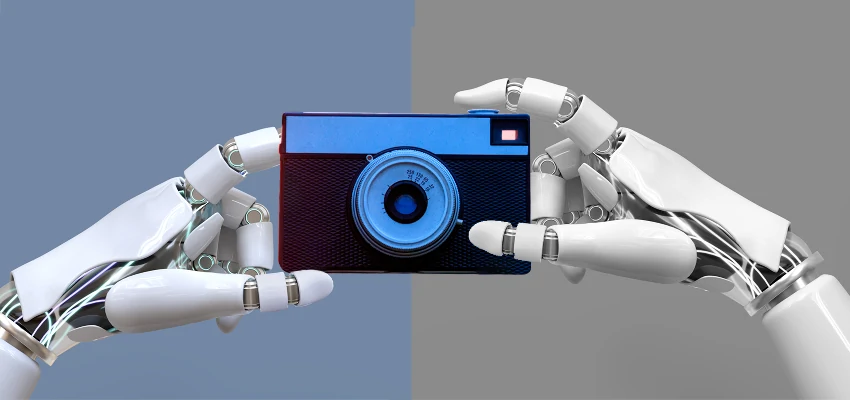Book to film adaptations have long captivated audiences, transforming beloved stories from the page into stunning visual experiences. These adaptations allow readers to revisit familiar narratives while introducing them to new interpretations of characters and plots. With the rise of cinematic storytelling, many of the best book to film adaptations have garnered critical acclaim, showcasing the unique ability of filmmakers to adapt novels into compelling films. Not only do these film adaptations breathe new life into stories, but they also open up discussions about the essence of storytelling itself. As Oscar season approaches, cinema enthusiasts find themselves debating which adapted novels have truly succeeded in their transitions to the silver screen.
The transformation of literature into cinematic masterpieces is a fascinating journey for both audiences and creators alike. Known as film adaptations, these reinterpretations often change the way we perceive the original works, offering fresh perspectives on familiar narratives. While some adaptations closely follow their source material, others take creative liberties that enhance their cinematic qualities, resulting in remarkable interpretations of original texts. Novel adaptations can redefine genres and even revive interest in the books that inspired them. As we explore the landscape of adapted stories, it’s intriguing to consider the interplay between literary creativity and the art of filmmaking.
The Evolution of Book to Film Adaptations
Book to film adaptations have undergone significant changes over the years, transforming how stories are told across different media. In the past, adaptations were often aimed at preserving the original material as much as possible, with filmmakers striving to remain faithful to the narrative, characters, and themes of the source material. However, modern adaptations frequently explore the creative liberties that can be taken when translating a novel into film. This evolution allows filmmakers to interpret stories in new and innovative ways, often enhancing the original work. The shift towards more interpretative adaptations has led to a richer cinematic experience, where the essence of the book is honored while also allowing for personal artistic expressions.
Moreover, the rise of streaming services and the increasing demand for quality content has fueled a surge in adaptations. This phenomenon not only makes it easier for audiences to access a broader range of adapted novels but also elevates the standards of storytelling in film. Viewers are now treated to adaptations that focus on deep character development, intricate plotting, and stylistic visual storytelling. Films like “L.A. Confidential” not only entertain but resonate with audiences on multiple levels, smartly intertwining the original narrative with fresh perspectives that can sometimes overshadow even the best book adaptations.
Spotlight on Noteworthy Novel Adaptations
Within the realm of adapted novels, certain titles stand out for their unique interpretations and cultural impact. Works like Stephen King’s “Misery” have garnered attention not only for their compelling storytelling but also for their ability to translate complex themes into the cinematic language. The adaptation of “Misery” into a gripping thriller highlighted the nuances of fame and obsession, all while showcasing exceptional performances that brought the characters to life. This move from page to screen not only captured the spirit of King’s novel but also created a chilling atmosphere that captivated a wider audience, illustrating that successful adaptations can elevate storytelling beyond their literary roots.
Similarly, the adaptation of Joyce Carol Oates’ short story “Where Are You Going, Where Have You Been?” into the film “Smooth Talk” brilliantly expanded on the themes found in the original narrative. By exploring the protagonist’s emotional dynamics and relationships, the film transforms a concise short story into a nuanced exploration of adolescence and vulnerability. This approach exemplifies how adapted films can bring new dimensions to the stories we know and love, revealing deeper insights that resonate with audiences in ways that sometimes the written word cannot achieve alone.
The Best Book to Film Adaptations of All Time
When discussing the best book to film adaptations, several noteworthy examples often come to mind, each illustrating how powerful literature can be successfully translated onto the silver screen. One standout is “The Godfather,” based on Mario Puzo’s novel, which has become a landmark in cinematic history. The film’s ability to encapsulate the intricate narratives of loyalty, power, and family dynamics speaks to the skillful interpretation and adaptation work that went into creating it. Each scene, every performance, and even the pacing invoke the same tension and depth found in the book, cementing its status as one of the best film adaptations ever made.
Another exceptional example is the adaptation of “To Kill a Mockingbird,” which effectively captures the moral complexity and social issues presented in Harper Lee’s novel. The film not only stays true to the narrative but also breathes life into the characters, allowing audiences to engage with their struggles and triumphs on an emotional level. This careful balancing act of fidelity to the text and cinematic artistry showcases how the best book adaptations can serve as both an homage to the original work and an innovative standalone piece that contributes to its legacy.
How Adaptations Refresh the Original Material
One of the remarkable aspects of adaptations is the ability to refresh and reinterpret original material. Filmmakers often find new angles or themes within a book that resonate with contemporary audiences, breathing fresh life into stories that may have been written decades or even centuries ago. For example, films like “American Psycho” do not simply retell the story but rather re-contextualize it in a way that emphasizes its satirical elements, allowing viewers to engage with the material in a more critical and thoughtful manner. This transformative quality of adaptations invites both readers and viewers to consider the underlying messages of the original work within a modern context.
Additionally, adaptations can serve as a bridge between generations, introducing classic literature to a new audience who may prefer visual storytelling. By making a novel more accessible, filmmakers often enhance appreciation and understanding of the text. The adaptation of older works into films can spark a renewed interest in the original material, encouraging viewers to pick up the book it was based on. Such a cycle not only preserves literary heritage but also creates an ongoing dialogue between books and their adaptations, benefiting both worlds.
The Role of Directors in Interpretative Adaptations
Directors play a crucial role in shaping the success of book to film adaptations, as their vision influences how a story is presented on screen. The style and choices made by a director can completely alter the audience’s experience, often highlighting certain themes or character arcs while downplaying others. For instance, directors like Martin Scorsese and Quentin Tarantino are known for their unique cinematic lenses that reframe original narratives through their distinct storytelling techniques. Their adaptations invite viewers to engage with the material differently, showcasing the versatility of a great literary work.
Furthermore, a director’s interpretation can breathe new life into a narrative, as seen in Sergio Leone’s adaptation of “The Hoods” into “Once Upon a Time in America.” Leone’s operatic style and attention to the score elevate the film beyond its source material, creating a different yet compelling experience that often resonates more profoundly with viewers. This showcases how strong directorial vision can transform an adaptation, emphasizing not just fidelity to the source but also innovative storytelling that redefines the narrative for a new generation.
Character Development in Adapted Novels
Character development is often a focal point in both literature and its film adaptations, yet how these characters are portrayed can vary significantly between the two mediums. In novels, readers often have access to the inner thoughts and complexities of characters, allowing for rich development. However, this dimensionality can sometimes be more challenging to capture on screen. When adapting works like “Jack Reacher,” filmmakers have to rely on actors’ performances and visual storytelling techniques to convey character depth, which can lead to a different interpretation than the original text.
For instance, the film adaptations of Lee Child’s “Jack Reacher” series showcase Tom Cruise’s interpretation of the character through action and dialogue, which emphasizes a more external portrayal. While some fans of the books may criticize this shift, it demonstrates the challenges and opportunities inherent in adapting characters for a different audience. Through innovative casting choices and powerful performances, adaptations can offer a new yet engaging glimpse into characters that fans of the original novel can appreciate in their own way.
Impact of Audience Expectations on Film Adaptations
Audience expectations play a significant role in the success or failure of film adaptations, often shaping the way a story is received. When adapting a beloved book, filmmakers must navigate the anticipation and preconceptions of fans who have a deep emotional connection to the original material. These expectations can create immense pressure to deliver a film that not only honors the book but also stands on its own as an engaging cinematic experience. For example, adaptations like “Harry Potter” have faced scrutiny from fans yearning for specific interpretations of characters and events, which can lead to mixed reviews even if the film succeeds in its own right.
Moreover, audience expectations can also influence how adaptations are marketed and promoted. Filmmakers often leverage the popularity of the source material to draw in viewers, yet this can backfire if audiences feel the film does not meet their hopes or resonates with their understanding of the characters and themes. This underscores the importance of finding a balance between remaining faithful to the original book and proving a fresh take on the story to attract a broader audience. Successfully navigating these expectations not only elevates the film’s potential for success but also fosters a deeper appreciation for both the original and adapted works.
Diversity in Film Adaptations: Expanding Narratives
The landscape of book to film adaptations has expanded in recent years, leading to a more diverse range of narratives being brought to the screen. Traditionally, adaptations often focused on canonical Western literature, but contemporary adaptations now draw from a wider array of voices and perspectives. This shift allows for stories that reflect the complexities of different cultures, experiences, and histories to be showcased in films, enriching the cinematic landscape. The adaptation of works like Chimamanda Ngozi Adichie’s “Americanah” illustrates how the adaptations of diverse narratives contribute to a more inclusive representation in film.
Moreover, the expansion of diverse narratives in film adaptations also fosters greater dialogue around cultural themes and issues within literature. By bringing stories from marginalized voices to the forefront, filmmakers not only introduce these narratives to a broader audience but also encourage discussions regarding identity, representation, and societal challenges. This shift is not only welcomed by audiences but also essential for the evolution of filmmaking, offering fresh perspectives that contemporary viewers crave. As the industry continues to adapt and embrace diversity, the quality and richness of stories told on screen become inextricably linked to a more inclusive understanding of literature.
Challenges and Triumphs in Adaptation Processes
The adaptation process poses various challenges that filmmakers must navigate to create a successful translation from book to film. One of the most prominent challenges is condensing a multi-layered narrative into a manageable script, often requiring the sacrifice of important subplots or character developments. Directors must find a balance between staying true to the book while crafting a story that works well within the confines of a two-hour film. Adaptations like “The Lord of the Rings” trilogy showcase this challenge, as Peter Jackson had to make significant changes in terms of character arcs and plot points while striving to capture the epic essence of J.R.R. Tolkien’s work.
However, overcoming these challenges can lead to triumphs that elevate both the film and book. When adaptations manage to distill complex narratives while retaining the emotional core of the story, they can resonate powerfully with audiences. Successful adaptations, whether of a classic novel or a modern thriller, highlight the artistic ingenuity involved in transforming literature into film. The adaptation of works such as “The Great Gatsby” exemplifies how capturing the essence of a story can lead to a critically acclaimed film, pleasing both literary fans and new viewers alike.
Frequently Asked Questions
What are some of the best book to film adaptations?
Some of the best book to film adaptations include ‘,’L.A. Confidential’ by James Ellroy, ‘Misery’ by Stephen King, and ‘American Psycho’ by Bret Easton Ellis. These adaptations are often praised for their faithfulness to the source material while also enhancing certain themes and character development for the screen.
Why do some critics say that book adaptations can be better than the original novels?
Critics sometimes argue that book adaptations can surpass the original novels by bringing a new perspective to the story, enhancing character arcs, or offering a more engaging cinematic experience. For instance, adaptations like ‘American Psycho’ and ‘Where Are You Going, Where Have You Been?’ reinterpret the source material to resonate more deeply with audiences.
What makes a successful film adaptation of a novel?
A successful film adaptation often balances fidelity to the source material with creative reinterpretation. Key elements include strong character portrayals, a well-crafted screenplay that captures the essence of the book, and visual storytelling that enhances the original themes. Films like ‘L.A. Confidential’ exemplify this by capturing the novel’s character depth while making necessary adjustments for cinematic flow.
How can novel adaptations differ in tone from their original books?
Novel adaptations can differ in tone from their original books based on the director’s vision and the medium’s constraints. For example, ‘American Psycho’ transforms the dark themes of the novel into a satirical commentary through its film execution, showcasing how the adaptation can shift the tone while maintaining core elements of the narrative.
What are the challenges in adapting novels to film?
Adapting novels to film presents challenges such as condensing complex plots, balancing character development, and retaining the original’s emotional impact. The need to create a visual narrative that appeals to a broader audience often requires significant changes, which can lead to debates about fidelity and artistic integrity.
Which book to film adaptations are considered Oscar-worthy?
Several book to film adaptations have garnered Oscar nominations and awards, particularly those that interpret rich narratives and character complexities. Examples include ‘Conclave’, ‘Nickel Boys’, and ‘A Complete Unknown’ — all noted for their compelling storylines, which resonate during Oscar seasons.
Can a short story be successfully adapted into a film?
Yes, a short story can be successfully adapted into a film. For instance, Joyce Carol Oates’ short story ‘Where Are You Going, Where Have You Been?’ was adapted into the film ‘Smooth Talk’, which deepened character dynamics and emotional arcs, illustrating that short narratives can expand and thrive in film format.
What elements should viewers look for in the best book adaptations?
Viewers should look for character fidelity, thematic depth, and a cohesive narrative flow that resonates visually in the best book adaptations. Effective adaptations often breathe new life into the source material, enhancing its impact through visual storytelling and strong performances.
How do personal tastes influence opinions on book adaptations?
Personal tastes greatly influence opinions on book adaptations, as readers often have emotional connections to the novels. Differences in interpretation, casting choices, and cinematic style can lead to varied reactions, exemplifying why adaptations might be hailed or criticized by audiences.
| Title | Original Author | Adapting Director/Actor | Key Points |
|---|---|---|---|
| Misery | Stephen King | Rob Reiner / Kathy Bates | Captivity narrative highlights themes of fame and success in writing. |
| L.A. Confidential | James Ellroy | Curtis Hanson | Explores the moral complexities of 1950s Hollywood amidst corruption. |
| Jack Reacher series | Lee Child | Tom Cruise | Focuses on character-driven storytelling despite typical thriller tropes. |
| The Hoods | Harry Grey | Sergio Leone | Adaptation exemplifies operatic filmmaking more than dialogue-driven narratives. |
| American Psycho | Bret Easton Ellis | Mary Harron | Represents a deviation where adaptation enhances the source material’s impact. |
| Where Are You Going, Where Have You Been? | Joyce Carol Oates | Joyce Chopra | Delivers deeper character explorations and alters original story dynamics. |
Summary
Book to film adaptations often spark debates about their fidelity to the source material, with many asserting, “the book was better.” However, as we’ve seen from various adaptations recommended by faculty, certain films have not only captured the essence of their original narratives but have also enhanced them in compelling ways. These adaptations succeed by translating literary themes into visual storytelling, demonstrating that cinema can offer a fresh take on beloved books, ultimately inviting audiences to appreciate these narratives in a new light.

